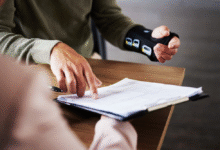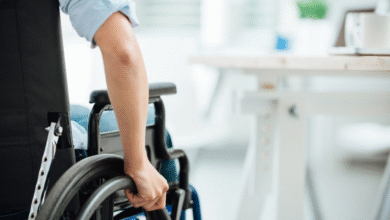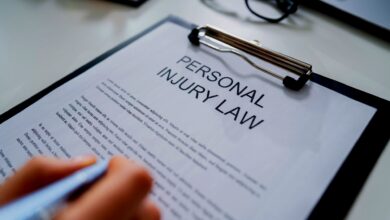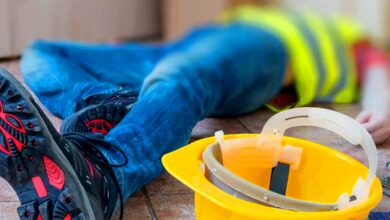What is Abuse of the Elderly? (And How to Know If You Have a Case)

Countless people put a great deal of effort and energy into the care of their elderly relatives. From providing monetary support to helping around the house and acting as visiting medical professionals when necessary, more than most people, the elderly need the benefits of careful supervision and assistance.
Unfortunately, not everyone shares the same altruism in their concern for the elderly. The truth is abuse of the elderly is on the rise, and it’s important you’re aware of it.
So, read on to find out what is the abuse of the elderly, how to know if you have a case, and how you can report it for action.
Read More: Jail Time for Sexual Conduct With a Minor
Financial Exploitation
Elderly abuse is a serious issue in today’s society. It can take many forms, including physical, emotional, and financial abuse. Financial exploitation is one specific type of elder abuse. This is where an individual or company takes advantage of an elderly person’s finances for their own gain. This type of abuse can be perpetrated by a trusted family member, friend, or caregiver.
To know if you have a case of financial exploitation, look for suspicious activity in financial accounts. There may be warning signs you need to watch out for. This includes the following:
- unauthorized transactions
- frequent transfers of funds to unfamiliar recipients
- suspicious withdrawals of large sums of money
Neglect
Neglect as abuse of the elderly is any type of behavior that either fails to provide care for an elderly person or causes harm to the individual. Elderly persons may endure multiple forms of abuse at once.
Knowing if you have a case of neglect can be challenging. The following are signs of abuse and neglect to the elderly:
- poor hygiene
- rapid weight loss
- unusual bruises
- malnutrition
- confusion
To further investigate, talk to the person and observe their environment. Gathering anecdotal evidence from family, friends, and neighbors is also helpful. Being aware of and inquiring about any possible signs of abuse can help protect vulnerable elderly individuals from any harm.
Emotional Abuse
Elder abuse is a serious concern, as it can lead to physical and emotional trauma in elderly individuals. Emotional abuse of the elderly is the most common form of abuse and can take many forms.
Signs of emotional abuse in the elderly can be subtle. This includes withdrawn behavior, anxiety, sudden changes in personality, or mood swings. It’s important to know what signs to look for. This is to be able to help an elderly person who may be suffering from emotional abuse.
Signs of emotional abuse in the elderly can be subtle, including withdrawn behavior, anxiety, sudden changes in personality, or mood swings. It’s important to know what signs to look for to be able to help an elderly person who may be suffering from emotional abuse.
Sexual Abuse
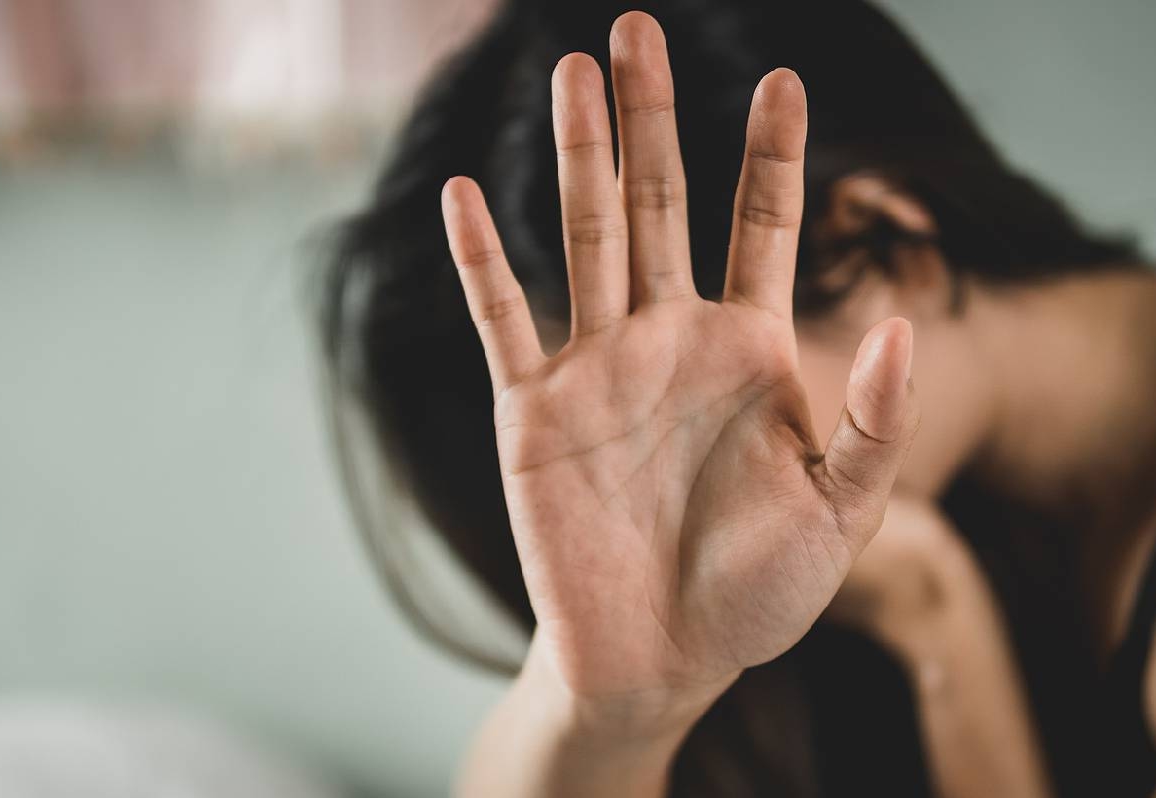
Sexual abuse of the elderly is any sexual contact, relation, or activity that the elderly person is not able or willing to consent to. The majority of elder sexual abuse cases are nonconsensual touching or fondling, but it could also include someone exposing themselves or propositioning the elderly person for sex.
To determine if you have a case of elder sexual abuse, it is important to look for signs like bruising in genital areas, refusal to wear certain clothing, fear around certain people or places, poor hygiene, and extreme agitation.
Finally, even if the signs are not as obvious, one should always trust their intuition. Always be sure to take action if you fear that a person is in danger of elder sexual abuse.
Abandonment
Abandonment as elderly abuse is a form of emotional maltreatment and neglect that happens when a caregiver, such as a family member or friend, ignores the essential needs of an older person.
Abandonment is an extreme form of abuse if it results in physical, financial, or psychological harm. Signs of abandonment may include the abandonment of essential medical care, leaving the elderly person without supervision for long periods of time, denying a person visitation rights or appropriate company, or isolating them from family and friends.
If you think you have a case, call this litigation attorney or a trusted family member to get help for the elderly person. Taking action will help protect them from further harm. If you’re looking for additional resources, consult the local aging-care center, social workers, or other professionals who can provide guidance.
Who Are the Most Common Abusers?
The most common elderly abusers are typically members of the older adult’s family, such as their adult children, spouses, or ex-spouses. Unpaid caregivers, such as family, friends, and neighbors, are also common abusers.
Professional caregivers, such as nurses and home health aides, are less common but possible abusers. Elderly financial abuse is often carried out by trusted aides or even family members.
Many elderly abuse cases also involve multiple abusers, suggesting that abusers often work together to target and exploit vulnerable victims. Abusers of elderly individuals can be motivated by financial gain, a need to control, a desire for revenge, mental illness, or substance abuse.
Read More: The Major Types of Healthcare Fraud and Abuse
How Can Elder Abuse Be Prevented?
Elder abuse prevention begins with identifying the risk factors for potential abuse and developing a plan to address those risks early. Families should start by having a frank discussion about potential abuse and creating an action plan outlining how to respond should abuse occur.
This includes knowing who to call, such as social services, police, or a doctor. Families should also be aware of the signs of elder abuse, such as emotional abuse, financial exploitation, physical abuse, or neglect.
It is important to have reliable individuals in place who can provide support and can act as advocates for elderly individuals. Caregivers should also receive training on the signs and risks of elder abuse and how to act if these signs are observed.
Taking proactive measures to ensure the elderly individual is connected with a legal representative, family, and friends can also help guard against elder abuse. Additionally, creating a comprehensive disaster plan to provide medical, social, and emotional support should abuse occur also key in elder abuse prevention.
Learn More About What Is Abuse of the Elderly
It is important to learn more what is the abuse of the elderly so we can take steps to protect our vulnerable population.
By understanding the signs and implications of this abuse, we can work together to help the elderly get the help and support they need. To start learning about abuse of the elderly, sign up for a class or take a look at online resources!
Visit our blog for more!
